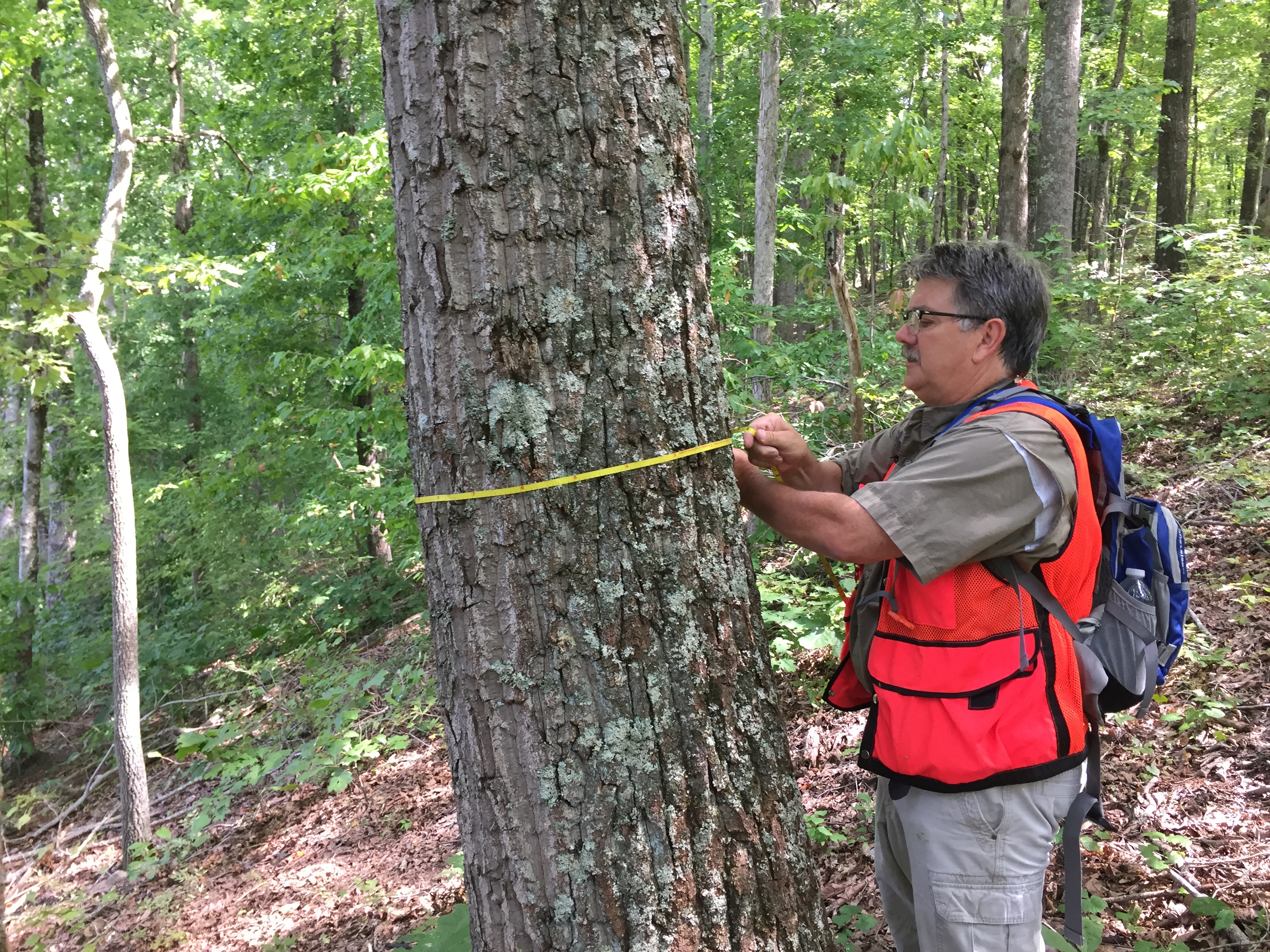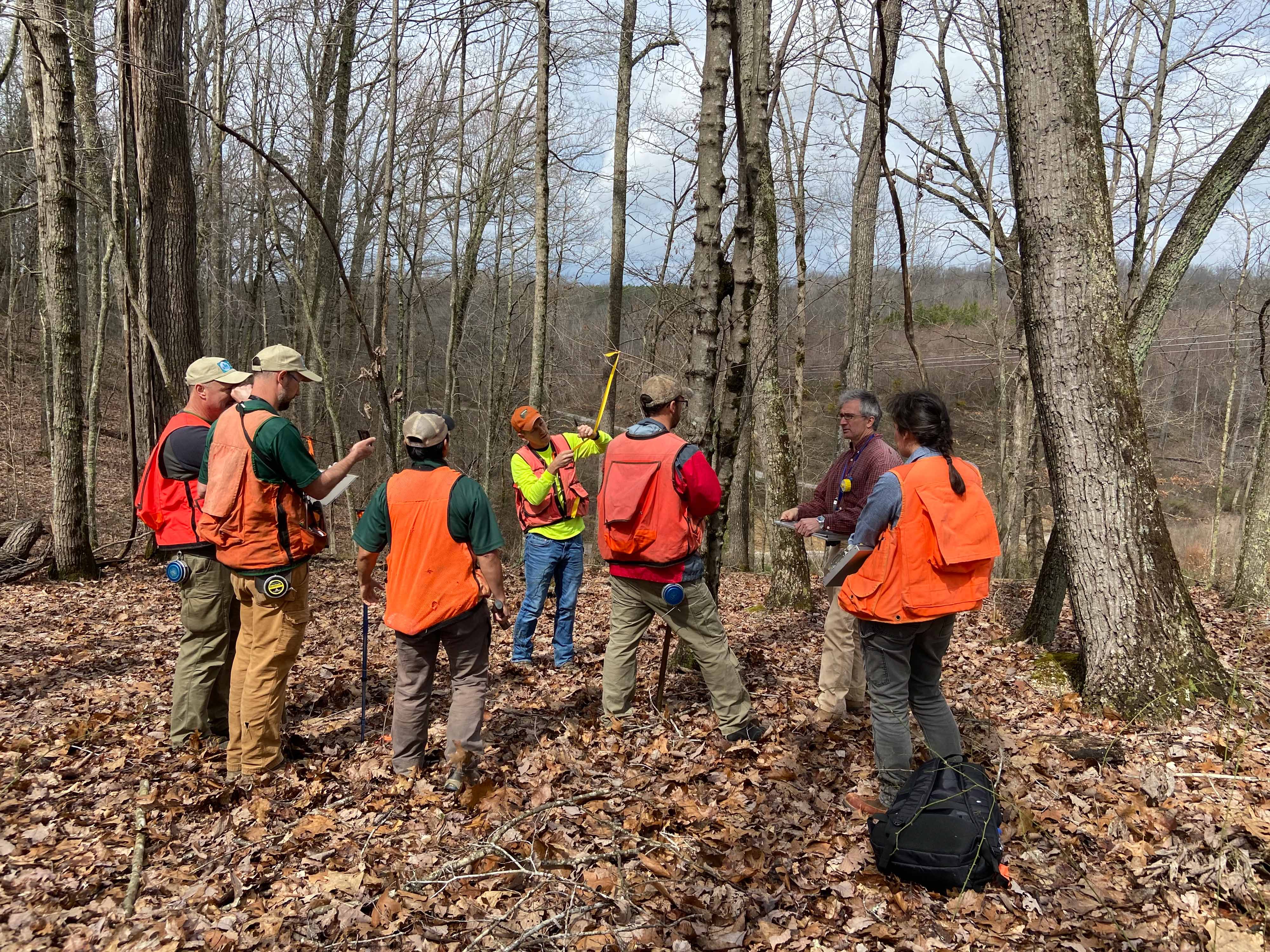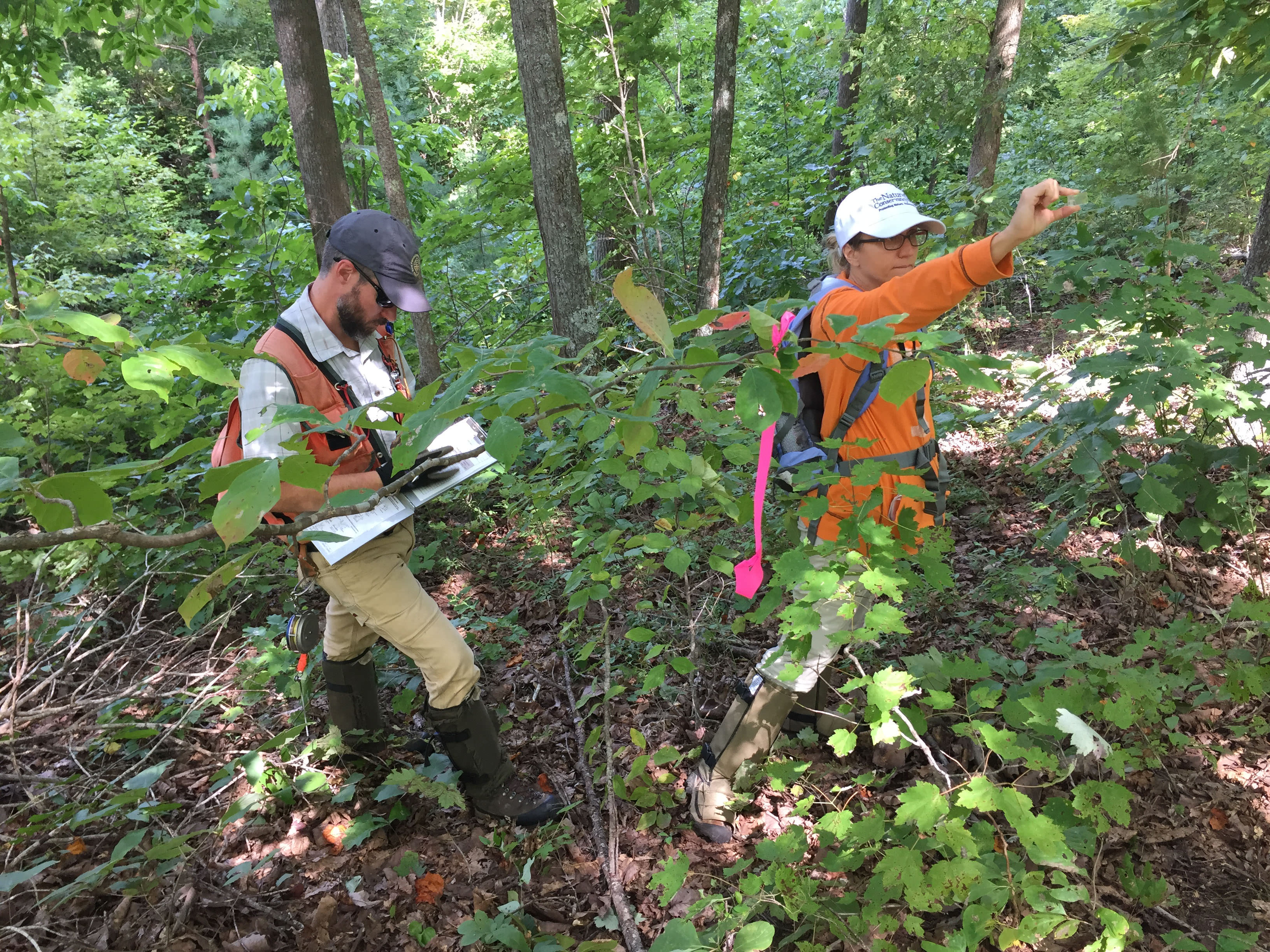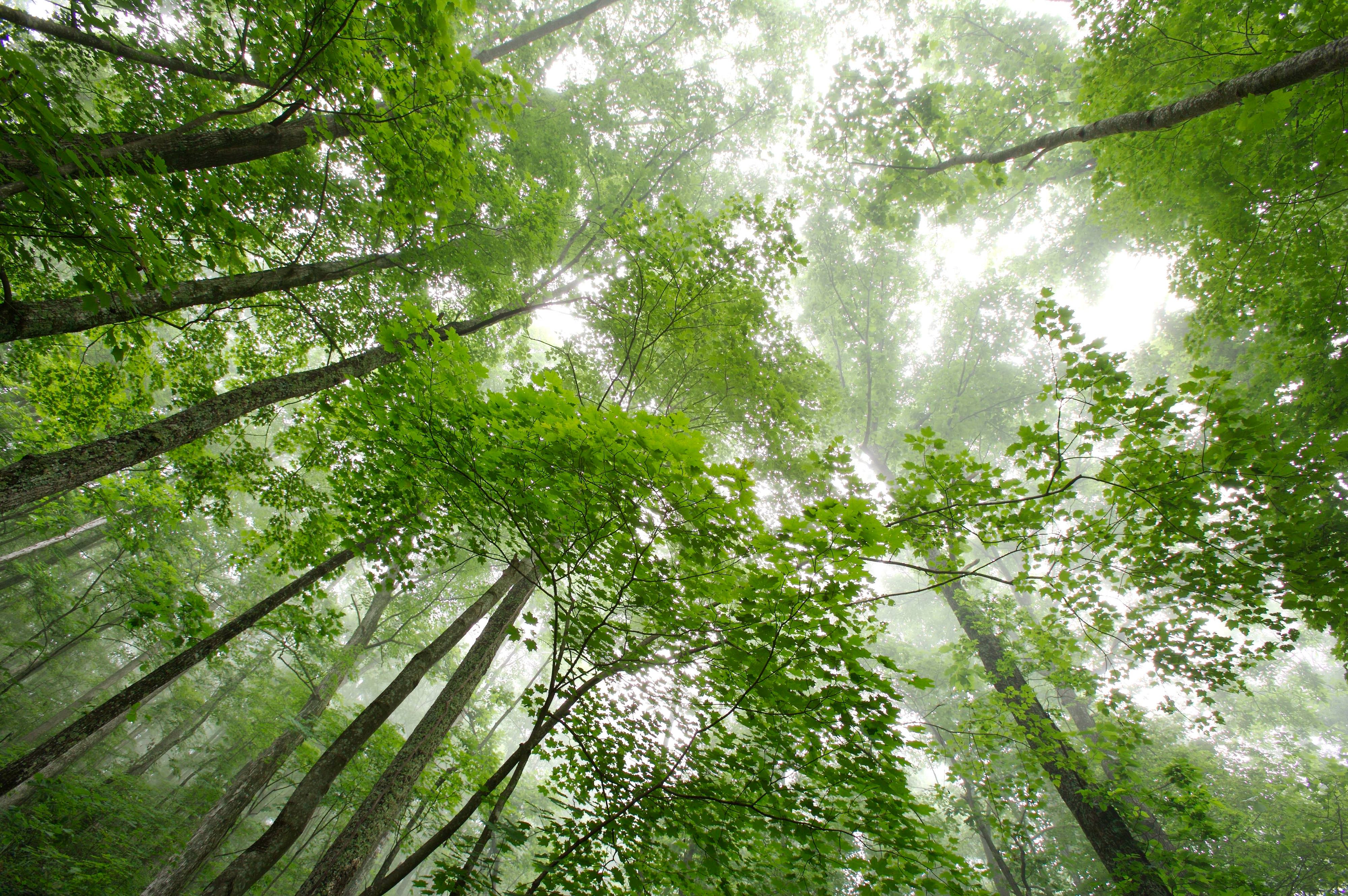As 2019 came to a close, The Nature Conservancy signed a historic agreement that established the University of Tennessee (UT) as the first academic institution to enroll in TNC’s Working Woodlands Program. Working Woodlands has engaged Tennessee landowners in managing their forestlands to benefit nature and local livelihoods since 2015.
The agreement included seeking Forest Stewardship Council ® (FSC®-C008922) certification—the most rigorous available for conserving working forests—for approximately 11,400 acres managed by UT’s Institute of Agriculture (UTIA).
“UTIA’s forests and surrounding lands represent some of the best-maintained and highest conservation priorities within Tennessee and the Southern Appalachians,” says Trisha Johnson, TNC’s director of forest conservation in Tennessee. According to Johnson, the agreement will not affect public use of UTIA’s forests or access to their Arboretum in Oak Ridge, both of which are valued by students, faculty and surrounding communities.
“All current forestry and wildlife management research will continue,” says Kevin Hoyt, director of the UTIA Forest Resources AgResearch and Education Center. “Added revenue will ensure the Center can provide space and resources for future efforts.”
Hongwei Xin, dean for UT AgResearch, refers to the agreement as a “win-win partnership between the university and TNC that will prove beneficial for society,” adding that “the Forest Resources Center will continue to provide one of the most comprehensive outdoor research laboratories in the nation while maintaining forest sustainability for future generations.”

Maybe Money Does Grow On Trees
As part of the partnership, TNC and UTIA are engaging Panther Creek LLC, a Tennessee-based forest consulting firm, in inventorying the forest.
“We are glad to be working with this local company and its team of foresters, most who graduated from Tennessee state forestry schools such as UTIA,” says Johnson. Foresters from another firm, TerraCarbon LLC, will quantify and model atmospheric carbon stored in the UTIA forest.
The combined work of these experts will advance three primary objectives of the TNC-UT partnership:
- Collect baseline data—tree species and size, invasive plants, dead and downed wood, the presence of seedlings and other forest characteristics—to guide a management plan that meets Forest Stewardship Council ® certification requirements.
- Enable calculations to predict future growth and carbon sequestration rates to inform a carbon market where companies purchase carbon credits from willing sellers to offset their production of carbon dioxide emissions.
- Provide models for UTIA researchers, professors and students to utilize for building and sharing knowledge on carbon sequestration and climate smart forestry applications.

Guided By Science
In March, the partners and foresters from Panther Creek officially kicked off the UTIA forest inventory at a test plot near the Oak Ridge Arboretum facilities. This permanent plot will be used by students, researchers, professors and others to learn about measuring and tracking health of a forest and carbon sequestration over time.
Successfully assessing the forest's ecological health and economic productivity over time will involve periodically measuring Key Ecological and Economic Attributes (KEEAs)—data that tracks a forest's life history, ecological processes, composition and/or structure.
“Carbon markets have dramatically raised the expectations of forest inventory, in terms of accuracy and precision,” says David Shoch, a forester with TerraCarbon. “Unlike commercial timber, that is hauled to a mill and weighed on a scale, carbon values stay on the stump, and so it’s critical that we get our estimates right.”
The partners hope to achieve official Forest Stewardship Council ® certification by early 2021.
"This partnership between TNC and UT provides an opportunity to test, improve and promote approaches that can benefit millions of acres of Tennessee’s public and private forests," adds Johnson. “Because of this project, UTIA will have more data on its forests than they have had in more than 20 years to fuel our understanding about how improving the health and condition of the forest over time can yield economic benefits to landowners while reducing carbon in our atmosphere."
Support Tennessee Nature
Help us work with landowners and ensure a future in which people and nature can thrive.


